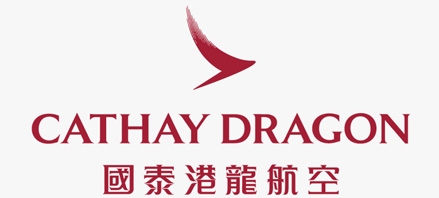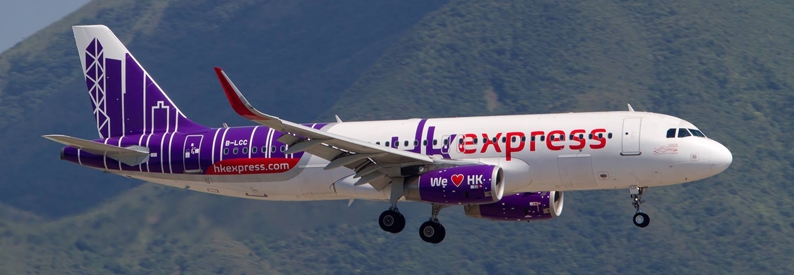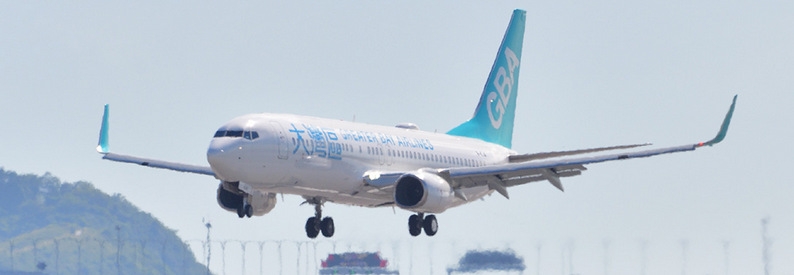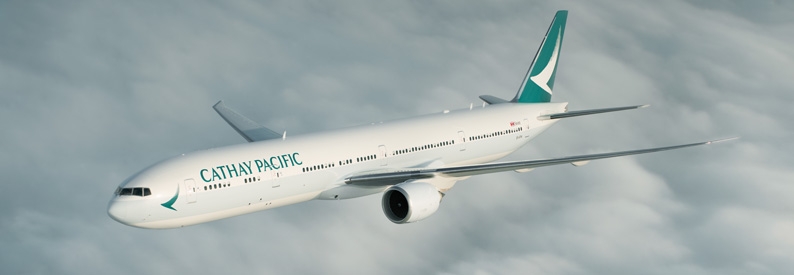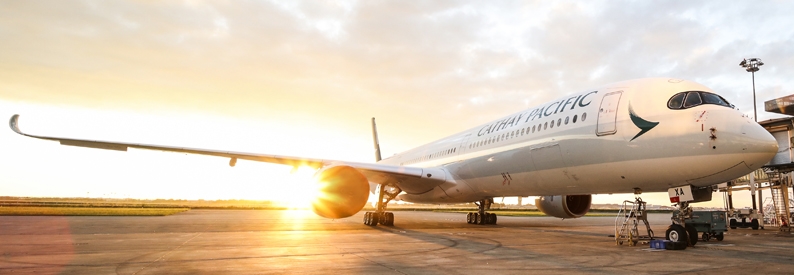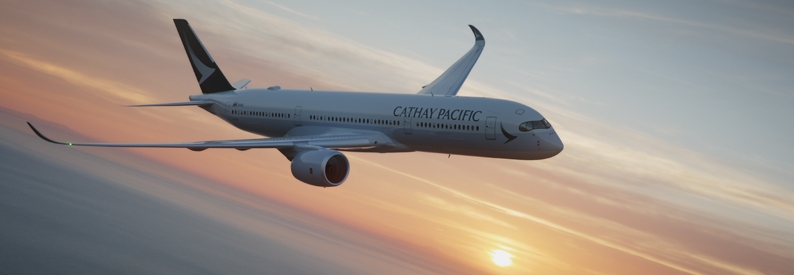The contemplated merger of Cathay Dragon (Hong Kong International) into its parent Cathay Pacific (CX, Hong Kong International) could be blocked by the Civil Aviation Administration of China (CAAC) ostensibly to prevent the latter airline from increasing its position on routes to mainland China, although the dispute has a political foundation, Reuters has reported, citing unnamed sources.
The CAAC sees that by absorbing Cathay Dragon, its parent would effectively expand its in-house network and market share on routes between Hong Kong International and mainland China.
According to the ch-aviation capacities module, Cathay Dragon plans to operate to 23 cities in mainland China, proferring 66,360 one-way seats in the week of September 7, 2020. In contrast, Cathay Pacific itself plans to operate just two passenger routes to mainland China (to Beijing Capital and Shanghai Pudong) with 11,251 seats available each way. Cathay Dragon is the dominant carrier between Hong Kong and mainland China with a 43.6% market share by capacity.
However, the CAAC is reportedly unwilling to allow such an expansion in retaliation against Cathay for the participation of numerous of its workers in pro-democracy and anti-China protests in Hong Kong last year. The mainland authorities warned Cathay during the wave of protests that any staff members seen as participating in them would not be allowed to work onboard aircraft flying to the mainland.
The CAAC issued six "demerit points" to Cathay Pacific as a result of the participation of its staff in the protests, which would ban the carrier from expanding in the mainland through late 2020. As a result, it would have to forfeit Cathay Dragon's lucrative routes to the mainland during the merger.
Cathay Pacific is reportedly mulling absorbing Cathay Dragon, its regional arm, into the mainline to focus on a dual-brand strategy with Cathay Pacific as the full-service carrier and HK Express (UO, Hong Kong International) as the low-cost arm.
